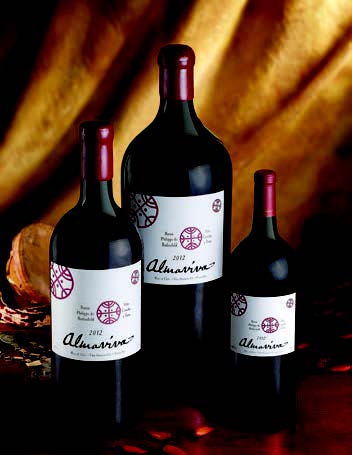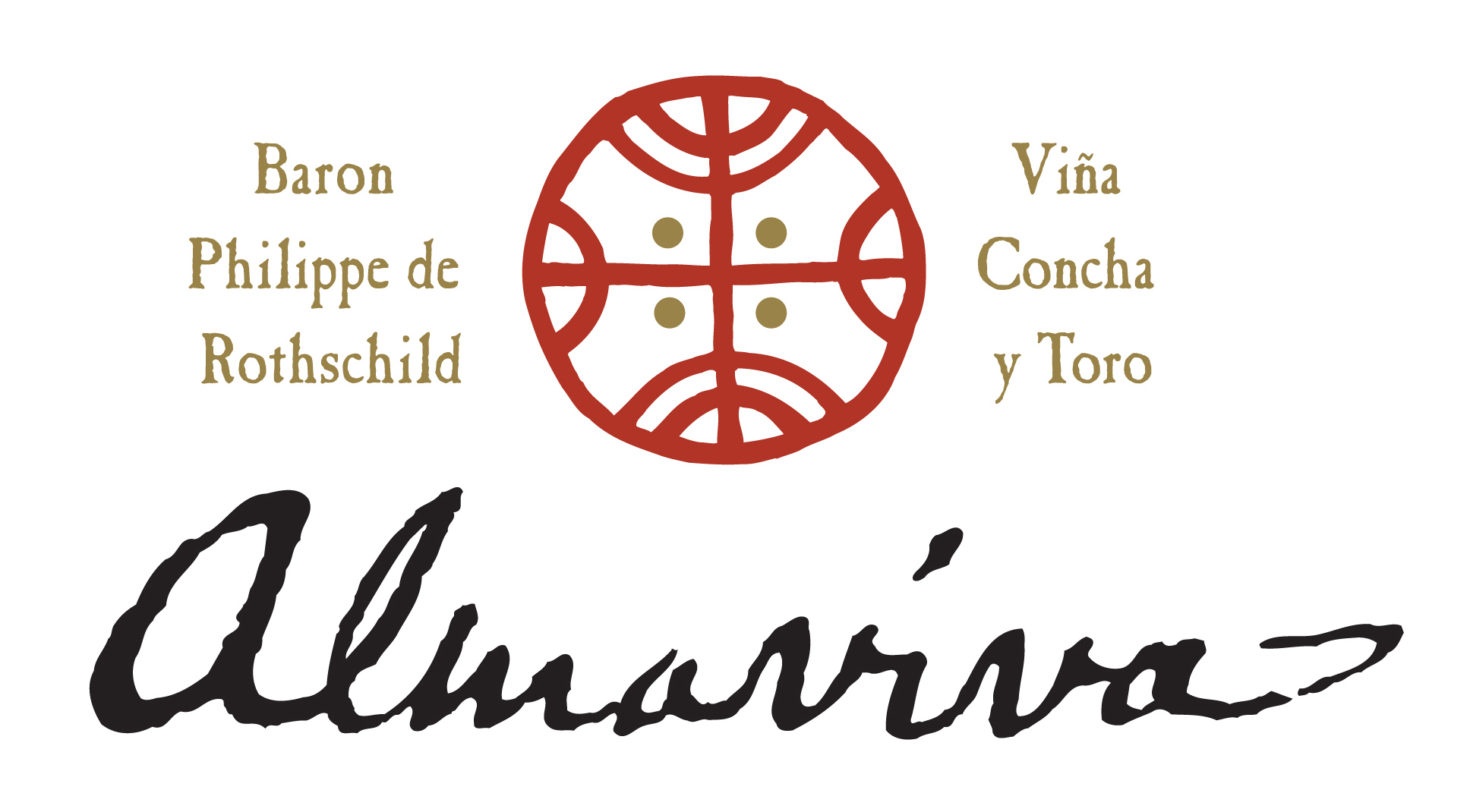
Alma Viva
Marrying French winemaking talent and the best of Chilean terroir, Almaviva offers Asian fine wine enthusiasts all the refinement of Bordeaux at a striking price value
‘In China Almaviva is perceived as Bordeaux from Chile, and our price point belongs to a niche category of fine and luxurious wines’
DESPITE ITS Spanish heritage, Chile has always looked at France as its viticultural role model. And by France one should really specify ‘Bordeaux’. A prime example of this outlook is Almaviva, a collaboration between two of the most famous wineries in Chile and France: Concha y Toro and Mouton Rothschild. In 1997 Baroness Philippine de Rothschild and Eduardo Guilisasti Tagle confirmed a partnership that had begun the year before to create a wine that would marry French winemaking and the best of Chilean terroir. To reflect this, the very name, ‘Almaviva’, recalls the hero of Beaumarchais’ play, The Marriage of Figaro – a work famously turned into an opera by Mozart in 1786. In creating Almaviva the baroness was also following in her father, Baron Philippe’s, footsteps; he having pioneered a similar project in California with Robert Mondavi in 1979, the result of which was Opus One. Produced from a 60-hectare plot in Chile’s Puente Alto in the Maipo Valley, planted with classic Bordeaux varieties (as well as Carmènere, now little used in Bordeaux itself), Almaviva typifies the traditional French château concept – a single wine made from a great ‘terroir’. The vines, already 30 years old when they were selected to form the base of this new wine, are planted in high density, which naturally encourages lower yields and, as a result, greater concentration of fruit and tannins. Along with modern viticultural techniques and the help of the winemaking team from Mouton Rothschild, the first vintage of Almaviva – the 1996 – was rated 92-points by Robert Parker when it was released in 1998. It was a wine of “exquisite complexity”, he noted.
AGEING POTENTIAL
More like a Margaux in its youth, says the estate’s commercial director for Asia- Pacific, Andres Ballesteros, the wine reveals a ‘Pauillac-esque’ side with age, “with evolving Cabernet Sauvignon and great acidity to hold the wine together in a very elegant way. Only great wines have the ability to age and Almaviva certainly has this ability”. It is important to note too that while Almaviva owes much of its inspiration and creation to Bordeaux, it ultimately seeks to be ranked as the equal of any of the wines of the Médoc, just like its California cousin Opus One, or Super Tuscans such as Ornellaia and Sassicaia. Following on from initial success in South Korea and Japan – countries with which Chile has long-standing free trade agreements – Almaviva is naturally keen to introduce more fine wine lovers in Hong Kong and the Chinese mainland. Ballesteros is quick to point out though that the label wants a “balanced” approach to the Asian market and is also positioning itself in Singapore with an eye on further distribution to emerging South-East Asian markets such as Vietnam, the Philippines and Indonesia. China, reports Ballesteros, is “already having a huge impact” on Chilean imports as a whole, although whether this is a direct help to Almaviva is still debateable. As he continues: “In China Almaviva is perceived as Bordeaux from Chile, and our price point belongs to a niche category of fine and luxurious wines.” But it would also be a mistake to think that because Almaviva’s DNA is that of a first growth that it has first growth prices. “Of course,” admits Ballesteros, “those consumers looking for Chilean wine in particular will find that Almaviva is more expensive. But viewed in comparison with its fine wine peers from all around the world and Almaviva is not that expensive by comparison. “Those with true knowledge and appreciation of fine and luxury wines can see that Almaviva is undervalued,” he says.
BUCKING THE TREND
It was notable that during the height of China’s recent austerity drive, as sales of top Bordeaux slumped, those of Almaviva climbed. Officials and fine wine lovers alike quickly recognised that although it did not have the price of a wine like Lafite, it certainly did not lack for quality. As time goes on of course, Almaviva remains committed to raising its standards and its reputation to even greater heights. Ballesteros concludes: “Almaviva is constantly seeking to be recognised as one of the greatest wines of the world. All our efforts and work drive us in this direction and we are sure that the Asian market in particular appreciates our vision in each glass of Almaviva.”
Almaviva at Vinexpo
Almaviva will be hosting an exclusive masterclass at the year’s Vinexpo Hong Kong, with a panel of experts discussing the evolution of the estate and its wines. A number of back vintages from the winery’s cellars, served from magnums, will be poured at the event to highlight the estate’s pedigree and claim to rank among the great wines of the world. The panel at the event will include: Ch’Ng Poh Tiong, chief editor of the Wine Review; renowned Japanese critic Katsuyuki Tanaka; Yang Lu, wine director of the Shangri-La; Nelson Chow, president of the Sommelier Association HK; Franco Yeung, Jointek general manager; Fongyee Walker of Dragon Phoenix Fine Wine Consulting; and Andres Ballesteros, commercial director APAC.



